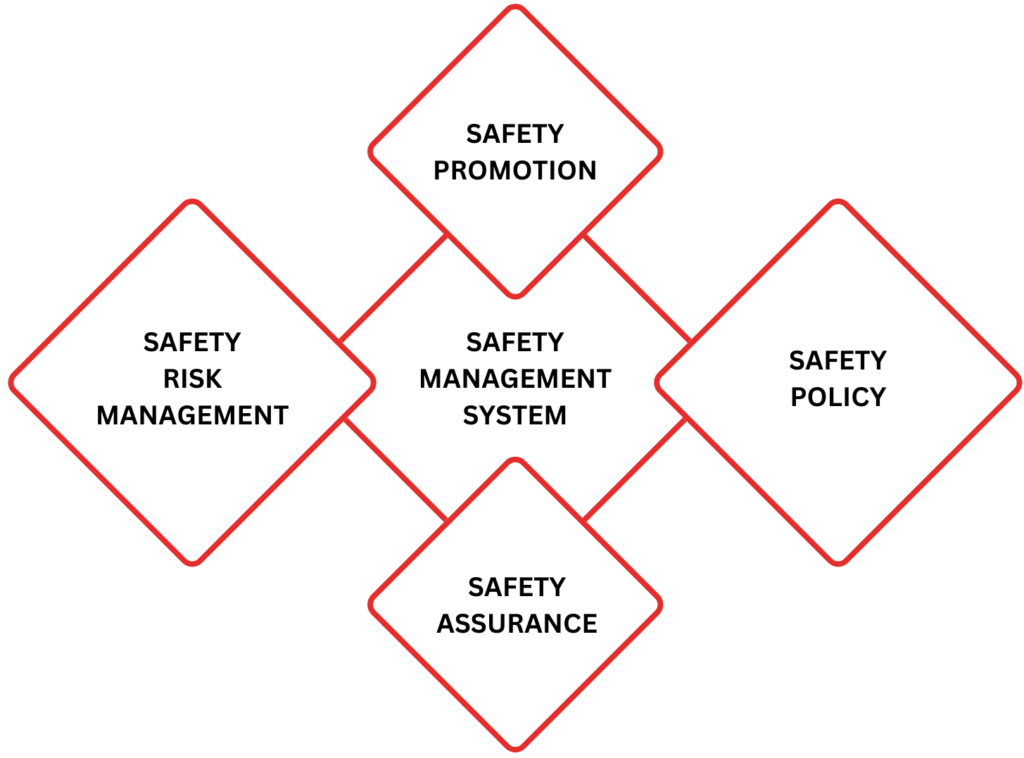Safety Management System (SMS)
What is a Safety Management System?
Safety Management System (SMS) is a group of structured, company-wide processes that help make good decisions based on risk for everyday business tasks. Safety Management Systems assist businesses ensure that their process /work flow are performed at the highest level of safety according to organisation safety standards. SMS can also be used as a formal documentation to meet requirements of applying for ISO and BizSafe certification in Singapore.


Benefits of Safety Management System
Developing an SMS helps identify and report hazards while deploying the resources to keep workplaces safe. In addition, these systems help with compliance by helping companies meet local regulations. Safety management can be a challenge, especially when laws change depending on the jurisdiction, industry sector, or specific occupation. A well-designed SMS meets the specific needs of each company, which include internal safety policies and legally-required paperwork such as hazard assessments. Ignoring safety can have severe consequences, and companies may face legal action even when no workers are harmed in an accident.
These are just 6 key benefits of the best safety management systems.
1) Increased Compliance ·
2) Improved Efficiency ·
3) Reduced Costs ·
4) Improved Performance ·
5) Boosted Employee Confidence .
6) Improved Organizational Image

In Local context :
A safety and health management system (SHMS) is a systematic process for managing workplace safety and health.
Safety Management System (SMS) is a group of structured, company-wide processes that help make good decisions based on risk for everyday business tasks. Safety Management Systems assist businesses ensure that their process /work flow are performed at the highest level of safety according to organisation safety standards. SMS can also be used as a formal documentation to meet requirements of applying for ISO and BizSafe certification in Singapore.
Setting goals
Planning
Measuring performance
Managing commitments


